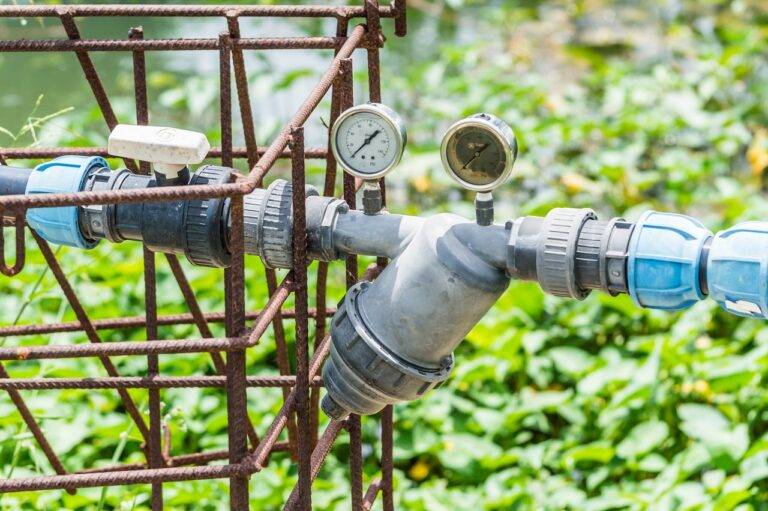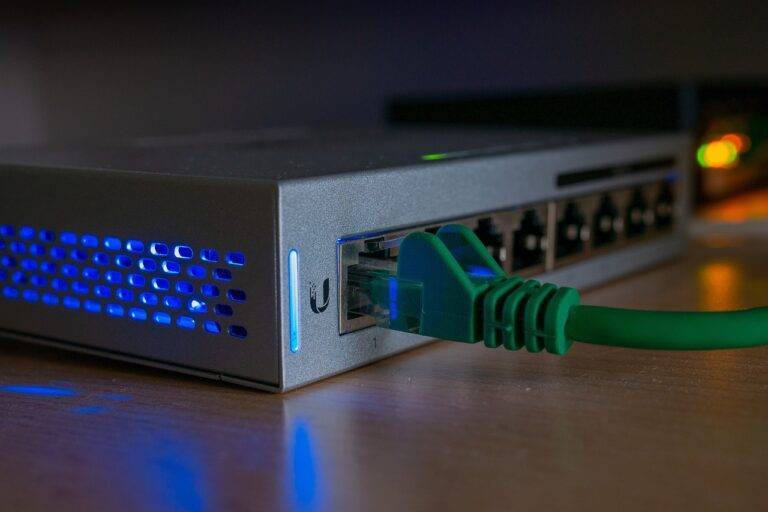Tech Solutions for Soil Health Monitoring and Sustainable Agriculture Practices
Soil health monitoring presents various obstacles that hinder accurate assessment and management of soil quality. One such challenge is the lack of standardized methods and guidelines for evaluating soil health parameters. This discrepancy in methodologies amongst researchers and agricultural practitioners makes it challenging to interpret and compare soil health data effectively, leading to gaps in understanding the overall soil health status.
Moreover, the dynamics of soil health are influenced by a multitude of factors such as climate change, land use practices, and agrochemical inputs. These complex interactions make it difficult to pinpoint specific causes of soil degradation or improvement. Additionally, the time and resources required for comprehensive soil sampling and analysis can be prohibitive, especially for small-scale farmers or resource-constrained regions.
Importance of Sustainable Agriculture Practices
Embracing sustainable agriculture practices is imperative in ensuring the longevity and productivity of our agroecosystems. By implementing methods that promote soil health, biodiversity, and resource efficiency, farmers can contribute to the overall resilience of their operations. Sustainable agriculture not only safeguards the environment but also enhances the well-being of farmers and communities by promoting long-term food security.
Additionally, sustainable practices foster a more symbiotic relationship between agricultural activities and the surrounding ecosystems. By reducing reliance on chemical inputs and promoting natural pest control methods, farmers can mitigate the negative impacts of conventional agriculture on the environment. Adopting sustainable agriculture practices not only benefits current generations but also ensures the preservation of arable land and resources for future agricultural endeavors.
Traditional Methods vs Tech Solutions
Traditional methods of soil health monitoring have been relied upon for generations by agricultural communities worldwide. These methods often involve visual inspection of soil characteristics, such as color, texture, and structure. Farmers have traditionally used their hands and basic tools to assess soil quality, relying on their experience and intuition to make decisions about land management practices.
On the other hand, technology solutions for soil health monitoring have advanced significantly in recent years, offering more precise and efficient tools for assessing soil quality. Techniques such as remote sensing, GIS mapping, and soil sensors can provide detailed data on soil properties, nutrient levels, and other important indicators. These technological advancements have the potential to revolutionize the way farmers monitor and manage their soil health, enabling them to make more informed and sustainable agricultural decisions.
• Traditional methods of soil health monitoring involve visual inspection of soil characteristics
• Farmers rely on their hands and basic tools to assess soil quality
• Technology solutions for soil health monitoring have advanced significantly in recent years
• Techniques such as remote sensing, GIS mapping, and soil sensors provide detailed data on soil properties
• Technological advancements have the potential to revolutionize the way farmers monitor and manage their soil health
What are some challenges in soil health monitoring?
Some challenges in soil health monitoring include the time-consuming nature of traditional methods, limited accuracy and precision, and the lack of real-time data.
Why is sustainable agriculture important?
Sustainable agriculture practices help to protect the environment, conserve natural resources, and ensure the long-term viability of farming operations.
How do traditional methods of soil monitoring compare to tech solutions?
Traditional methods of soil monitoring, such as manual sampling and lab analysis, are often time-consuming and may not provide real-time data. Tech solutions, such as sensors and remote monitoring tools, offer more efficient, accurate, and timely information for farmers.
Which method is more cost-effective in the long run: traditional methods or tech solutions?
While tech solutions may have a higher upfront cost, they are often more cost-effective in the long run due to their efficiency, accuracy, and ability to improve decision-making in farming practices.
How can farmers benefit from integrating tech solutions into their soil health monitoring practices?
Farmers can benefit from tech solutions by gaining access to real-time data, improving crop yield and quality, reducing input costs, and implementing sustainable agricultural practices for long-term success.





